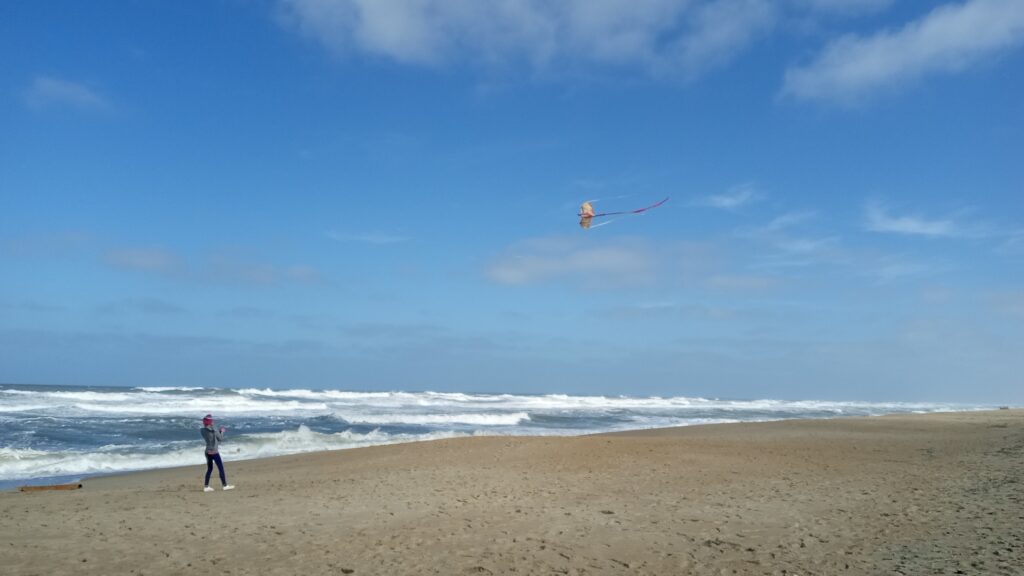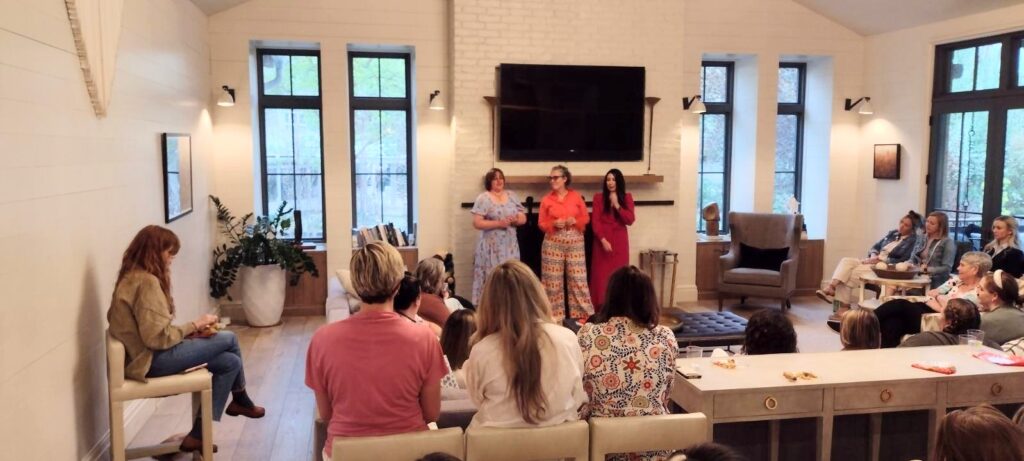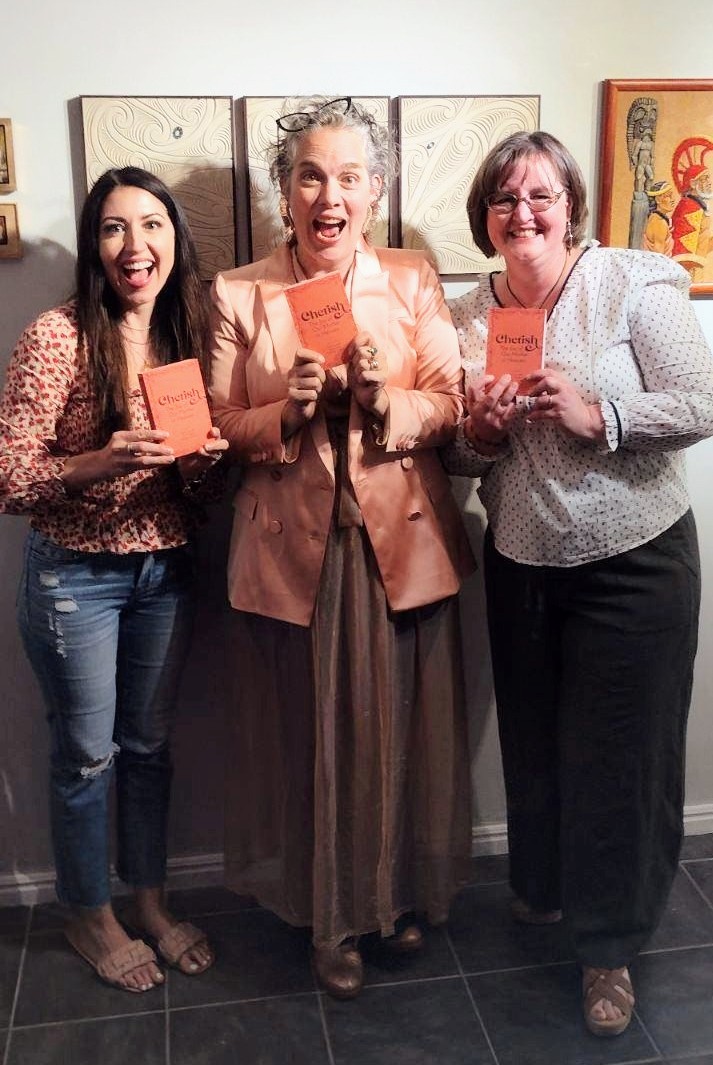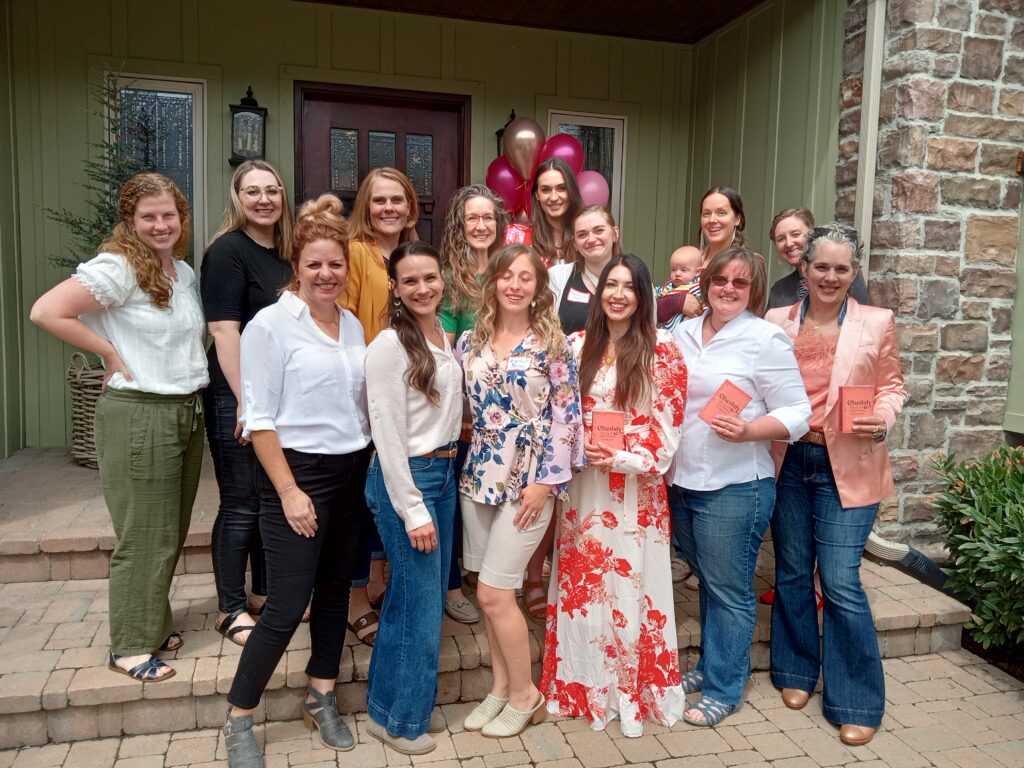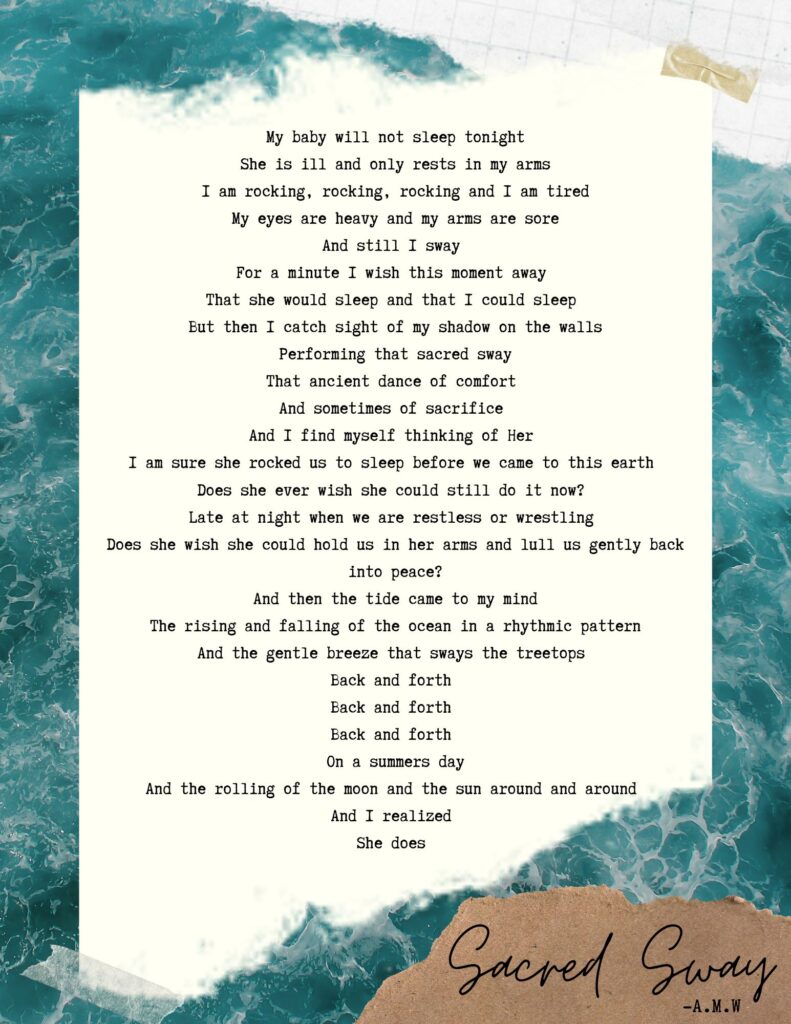Instead of New Years Resolutions, we went with bingo boards this year. Mindy sent me a video on Instagram that a bingo board would be more fun, and she’s not wrong. My bingo board is full of fun things. There’s too much wrong and hate and anger all around us right now.
So I have a bingo board with fun things – not to deny the sh!+ in the world, but so I don’t go completely off the edge into depression with trying to deal with it. I will resist and rebel by sharing fun and love, and having a good time.
I tried to be small and specific. I don’t have “read X-number of books.” I have, read this book: “Madsi the True” by Sam Taylor. I don’t have “make X-number of recipes.” I have, make this recipe – savory scones with ham and sundried tomatoes. They are so tasty, and I never make them! Adam and I made them once a long time ago to go with soup, and we never got around to making the soup. We ate the whole pan of scones to “sample” them, and then we were full so that was dinner. I bought sundried tomatoes a couple of weeks ago from the store, now I need to make sure we still have ham in the freezer.
I don’t think I can finish a single bingo row until the summer, because I have stuff like swimming and camping and going to downtown DC to specific museums and the monuments. I figured out that if you go in a circle all the way around the monuments from the Lincoln to the Capitol and back, it’s a five-mile walk.
I also made a bingo board of touristy stuff to do around DC that we haven’t been to yet. We always say, “What do you want to do this weekend?” and never do anything, or we go to one of the same Smithsonians again. (American history, Natural history, or the zoo.) This will get us around the city more – Native American, African American, a home that is now a museum about the women’s suffrage movement, hike the monuments, top of the Washington monument, tour the Capitol … The White House is not on the bingo board because we just went a month ago. A friend had extra tickets to tour the White House in November, so Aster and I went. And I got tickets through our Senator’s office clear back in the fall to see the Christmas decorations in December. That is definitely a bucket list check-off.

All the kids made boards too – Aster: learn to drive. Marnie: volunteer at the library. Jenna: take AP classes. Tenley: fill up two sketch books. Josie: audition for the school play. So they have hard stuff, not just fun stuff. They also have fun things, like win Mario Kart races.
My writing/working goals are:
- 50 blog posts this year – free write on a 15 minute timer with a single word prompt.
- Write and submit three articles/guest essays to publications
- Write 12 newsletters on Substack
- Complete the 12 week “The Artist’s Way” book
- Outline my “Ma’s Eagle” memoir about Scouts – I have a couple of different ideas that will affect how I write the whole thing.
- Publish 12 interviews on the LDS Women Project
- Finish and publish Cherish 3: The Study of Our Mother in Heaven and that will be a wrap on this series of books. It has been amazing to work with Ashli and McArthur AND it’s been hard. We spit out three books in just four years – three Mother’s Day years in a row (2023, 2024, and this year 2025). I’m feeling pulled to work on other things now, so I just want to get this done and out the door.

